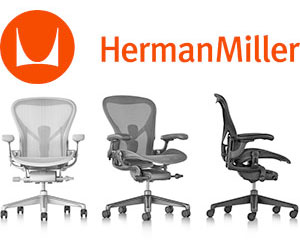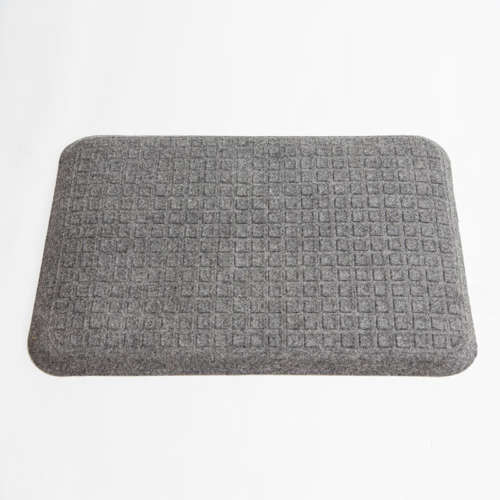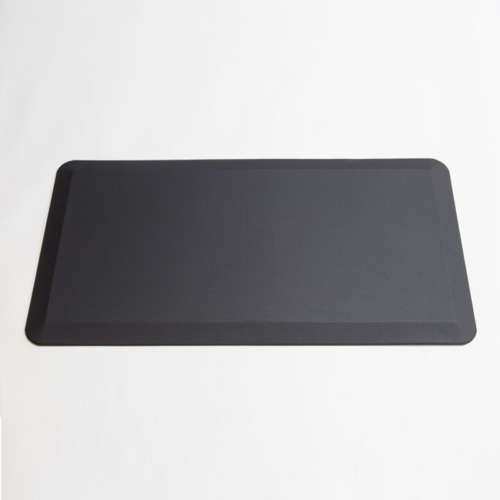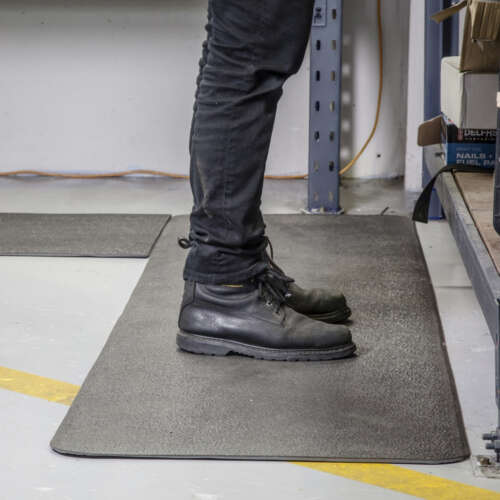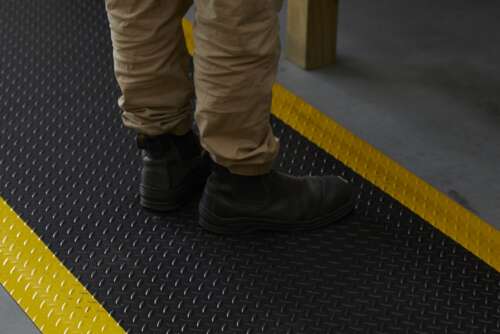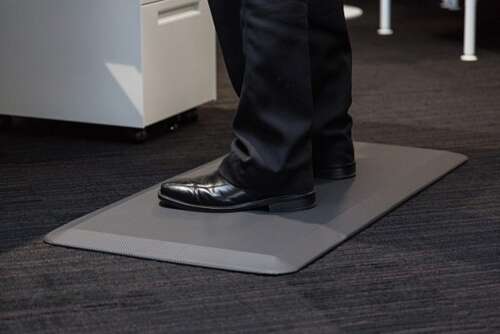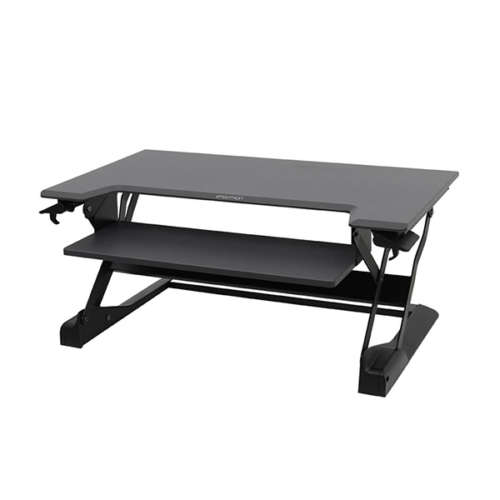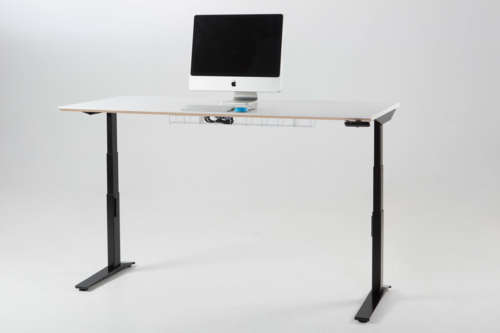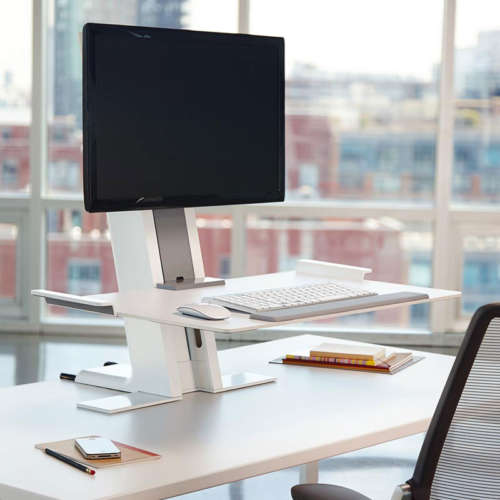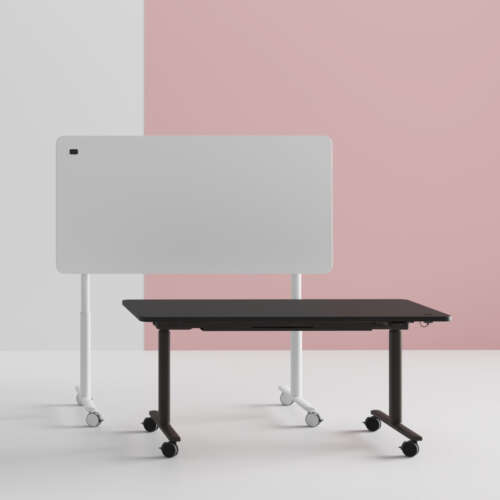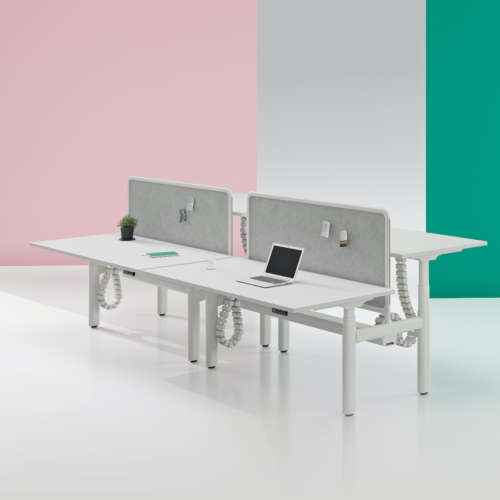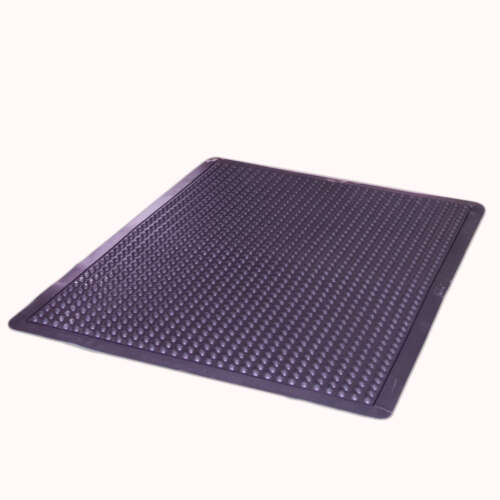Not all sit to stand desks are the same. Understanding why and how they are better for us as well as what you should look for when researching sit to stand desks will help you choose the right desk for you.
Why sit to stand desks work:
1. Humans are not designed to sit all day and it is not good for us – movement is key. The ideal is to vary your position between sitting and standing on a regular basis.
2. Human proportions/measurements vary tremendously. The fixed desk height norm of 720mm does not suit everyone. In fact, from a survey undertaken by Ergostyle this standard height suits very few – 90% of the surveyed people have a sitting elbow height of between 590 and 710mm.
Considerations:
1. Height: Ideally the height range of a desk will match the people using it. Calculate your ideal height range as follows: 1. the desk height when sitting should be one finger width (approximately 2cm) below your elbow when sitting correctly in a height adjustable chair (feet flat on the floor and a 90 degree angle between the lower and upper leg); and 2. The desk height when standing should again be one finger below your elbow when you are standing. The 2cm space below your elbow (when shoulders are relaxed) allows your arms to swing easily over a keyboard without raising your shoulders.
2. Lift capacity: This affects directly the amount of weight the desk has been designed to take; and, indirectly, the ease with which the desk copes with the weight and thus the life of the lifting mechanism.
3. How stable is the desk at its greatest height?
4. Is the height displayed (best practice under AS/NZS4442:1997)?
5. Is the control programmable or does it integrate with a computer?
6. Is cable management provided (somewhere to tidy away cables under the desk)?

